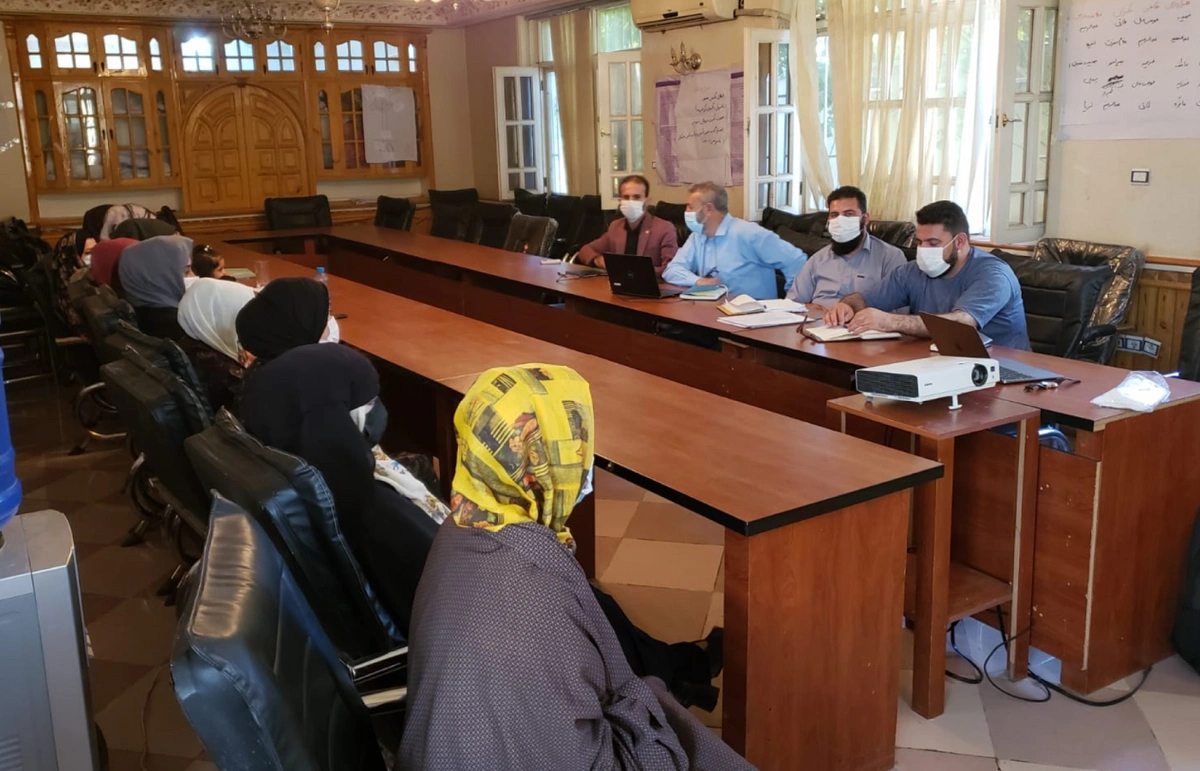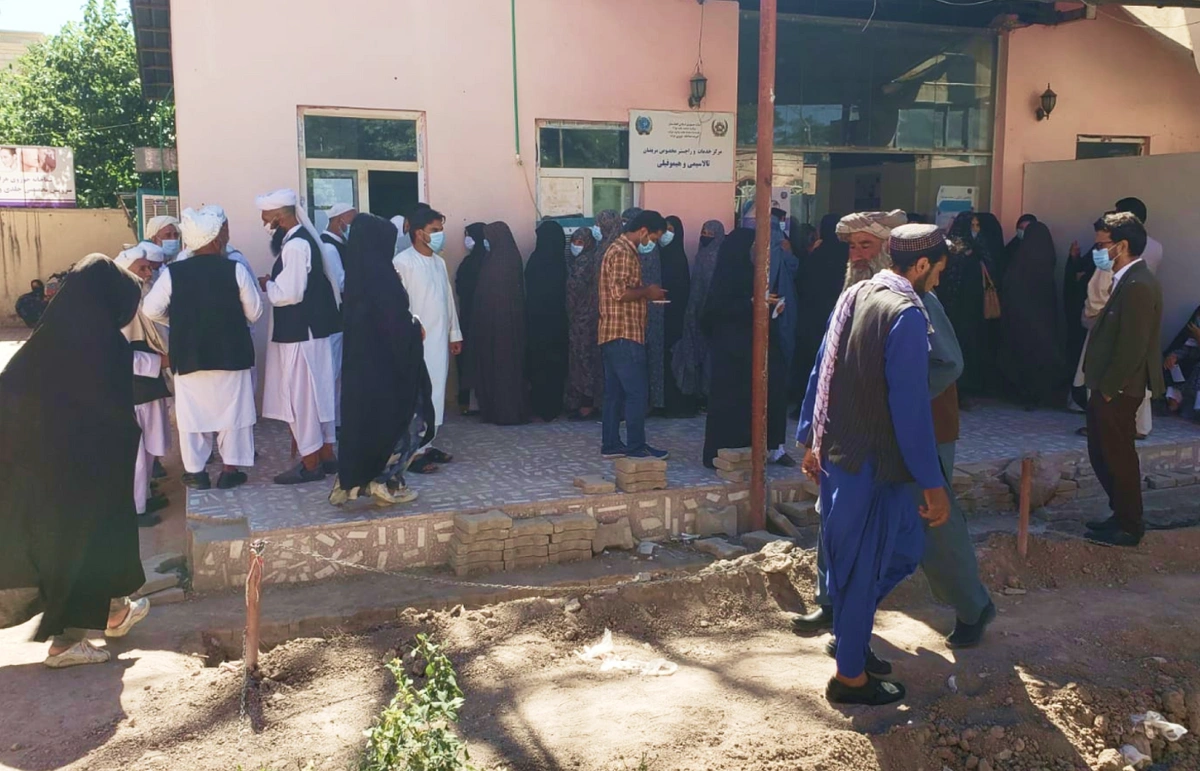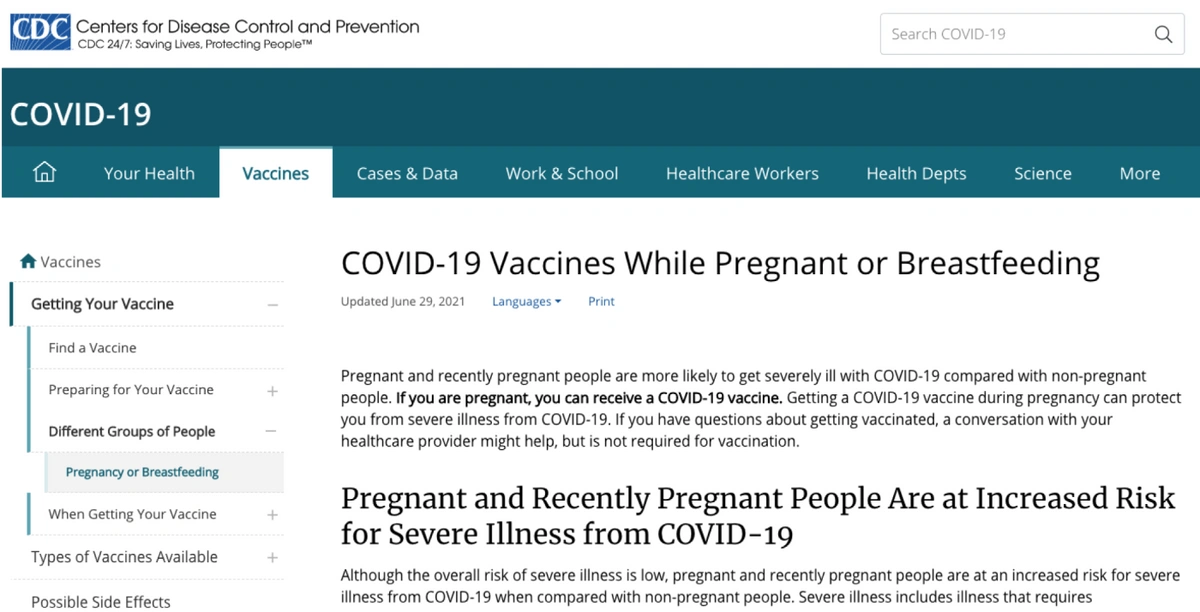Governments can take action by acknowledging the gender problem and implementing service delivery modes customized for women in the short run to improve access to Covid-19 vaccinations. Placing more women in leadership positions is critical in the longer run.
A few weeks ago, Taimur Khan Jhagra, Health Minister and Finance Minister in Khyber Pakhtunkhwa, Pakistan, used his Twitter account to highlight gender gaps in the Covid-19 vaccine uptake, noting that the uptake among women was less than half than the uptake among men.
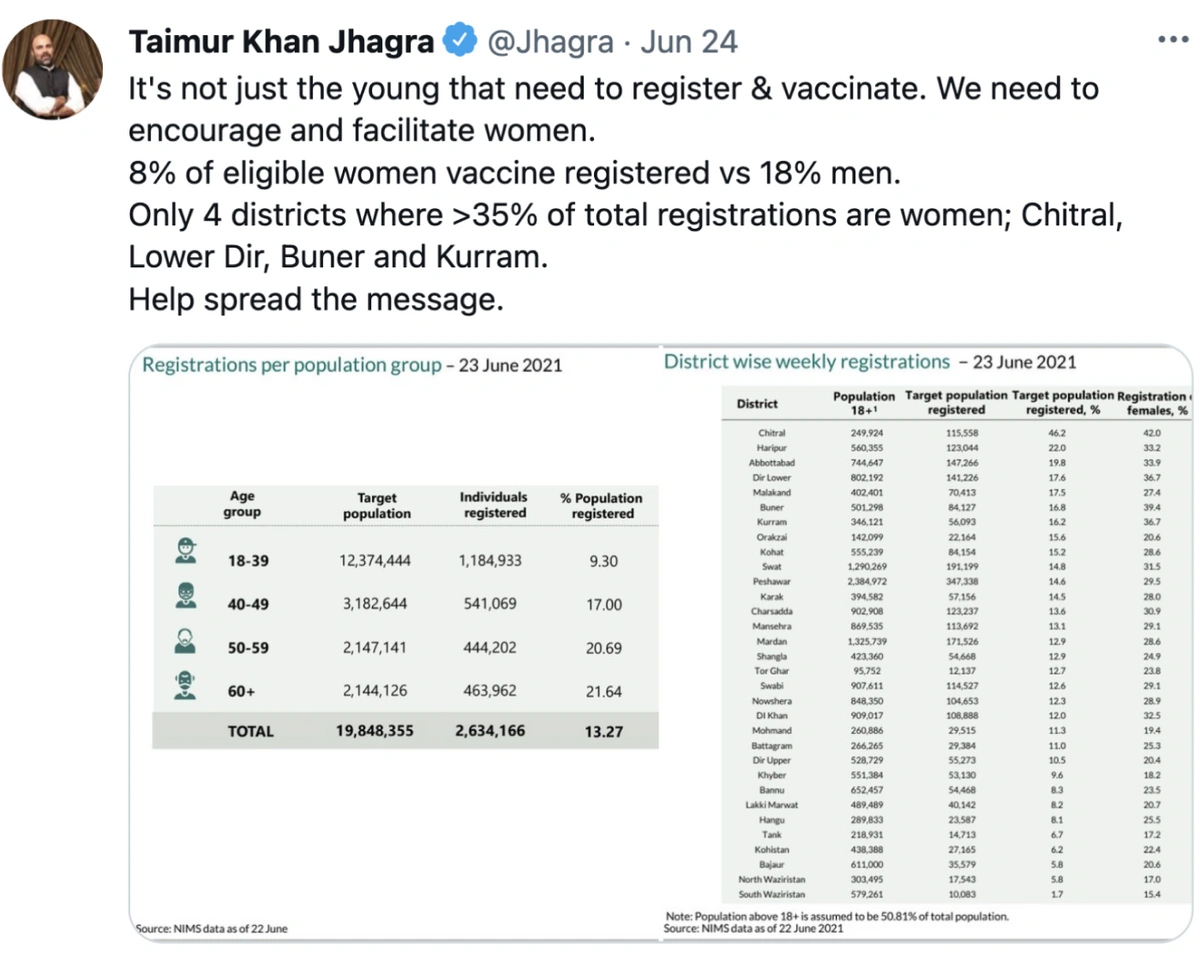
Based on our experience supporting governments, many urgently need to pursue two lines of action:
First, acknowledge and understand the problem
As part of our efforts to better understand the challenges of reaching women with Covid-19 vaccines, our team carried out in-depth interviews with health workers at vaccination sites. Interviews revealed a range of issues, both on the demand side; for instance, concerns about the impact of vaccines on fertility and pregnancy. On the supply side, for instance, the lack of female vaccinators, or vaccination sites that did not sufficiently address issues of privacy or comfort. A first step for governments is to understand exactly what is happening on the frontline.
In-depths interviews to understand challenges women face accessing COVID-19 vaccines
Second, implement service delivery modalities designed to ensure access for women
Make women feel safe:
It is vital that women feel comfortable during their time at the vaccination site. In many places, the presence of female vaccinators appears to be a key lever for increasing female uptake, and an important difference to childhood vaccination campaigns, where this tends not to be an issue. Government efforts in the short term may need to focus on resolving bottlenecks for recruiting and hiring female vaccinators.
In places where security is a major issue, the location of the vaccination sites is also critical. In some countries, women feel more comfortable going to vaccination sites located in busy areas. In conservative areas, waiting times at the vaccination sites can be a major obstacle and deterrent. One example of an innovation in this comes from Hirat, Afghanistan, where officials opened a mass vaccination center run by women for vaccinating women.
COVID-19 Mass Centers for women in Hirat, Afghanistan
Make women feel comfortable:
In some countries, rumours that Covid-19 vaccines might cause infertility have spread quickly through social media without a powerful effort to counter them. In many cases, governments need to make greater effort to make information available and equip healthcare professionals to have informed conversations.
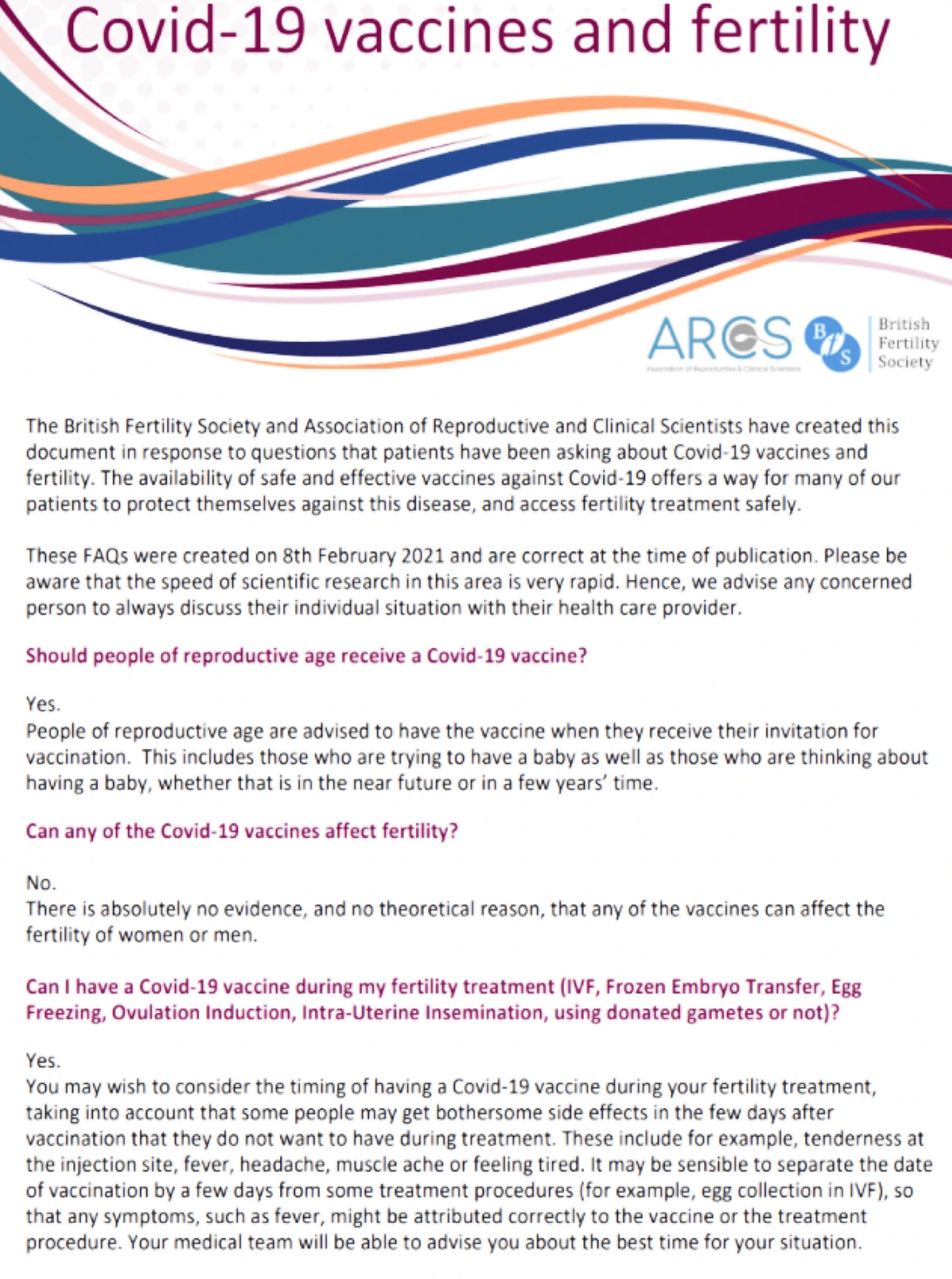
Finally, when thinking about sustainable and quality services for women it is important to consider the need for more women in leadership positions. According to the World Health Organisation, women comprise 70% of the global health workforce but hold only 25% of the leadership positions. More women leading action for other women may be the best long-term solution to prevent gender gaps in accessing health services.

